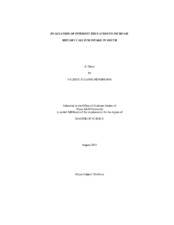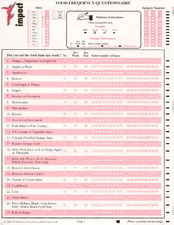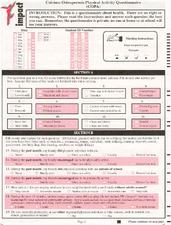| dc.description.abstract | In recent years, dietary calcium intake among children and adolescents has fallen sharply. This trend is alarming because childhood and adolescence are the primary ages for building bone mass. Therefore, an interactive website, Clueless in the Mall (http://calcium.tamu.edu) was developed targeting youth to increase knowledge, improve attitudes, and equip them to incorporate calcium-rich foods into their diets. This website was created with the help of adolescents at every stage of development and has been pilot tested with adolescents at home and in school, showing improvements in knowledge and attitudes. However, the website has not been tested for effectiveness in changing behaviors, specifically for increasing calcium intake. The present study was conducted to measure the effectiveness of the website for changing knowledge, attitudes, and behaviors. The hypothesis of this investigation was that the website intervention would significantly improve attitudes and knowledge about calcium and increase dietary calcium intake among adolescents and pre-adolescents who took part in the study. After the group-administered Food Frequency Questionnaire (FFQ) was validated among a local church youth group, a total of 126 middle school and high school students were recruited from 12 local public school classes to participate. Each student took three questionnaires during class time to measure baseline knowledge, attitudes, and behaviors (including calcium intake using the FFQ). Then each student took one class period to view the calcium website. Four to six weeks later, the investigators returned to administer the same three tests to each student. Demographic information was collected, and data were analyzed using paired samples t-tests and analyses of variance (ANOVA). Results demonstrated that the website alone was sufficient to improve knowledge scores; however, it was not enough to change attitudes and behaviors significantly. In conclusion, the website should be used to promote and reinforce health behaviors, but should not be expected to stand alone as an intervention. | en |




